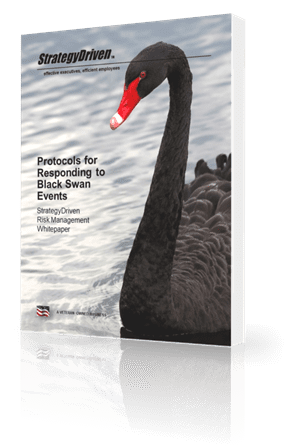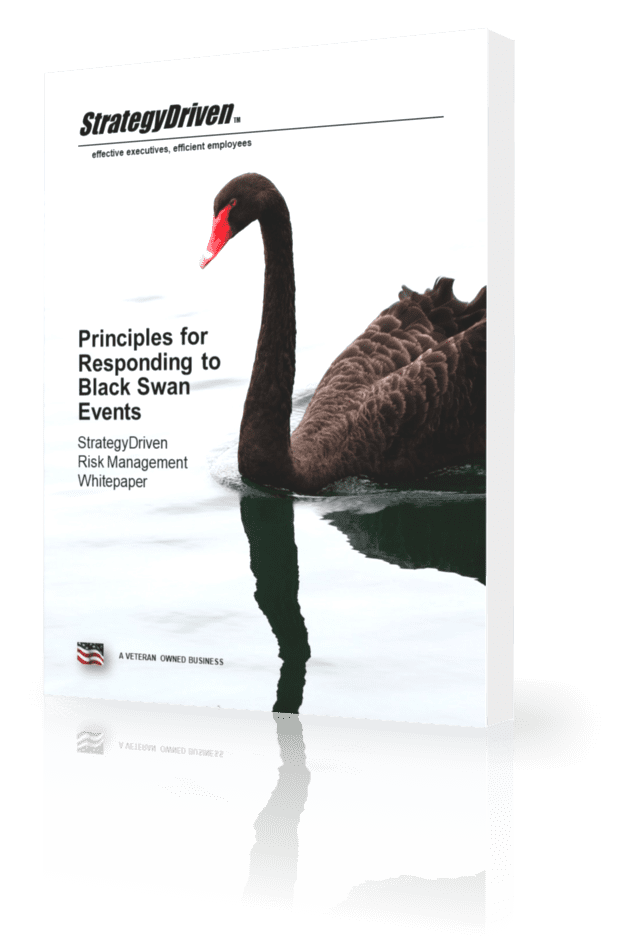The Four Cornerstones of a High Performance Culture, part 3
3. Create corporate mission & values that employees are aligned with.
The foundational material — mission and values — of a company can be critical to the overall success of the organization – but they’re often forgotten. The corporate mission and values are created by the senior leadership team, captured on posters, and strategically tacked up around the building. Meanwhile, how does a corporate citizen react to this phenomenon? They see it as ‘Horse manure!’ Whatever is in the mission or values statement is not seen as relevant to the organization’s day-to-day operations. In other words, the organization’s behavior is not congruent with its declaration of ideals.
Hi there! This article is available for free. Login or register as a StrategyDriven Personal Business Advisor Self-Guided Client by:
Subscribing to the Self Guided Program - It's Free!
About the Authors


Alona has been with CMI since February 2011. She has a MS in Plant Biology and Conservation from Northwestern University and a BS in Environmental Science and Hebrew from Washington University in St. Louis. She is also an avid and enthusiastic 5K to 1/2 Marathon participant.









Leave a Reply
Want to join the discussion?Feel free to contribute!